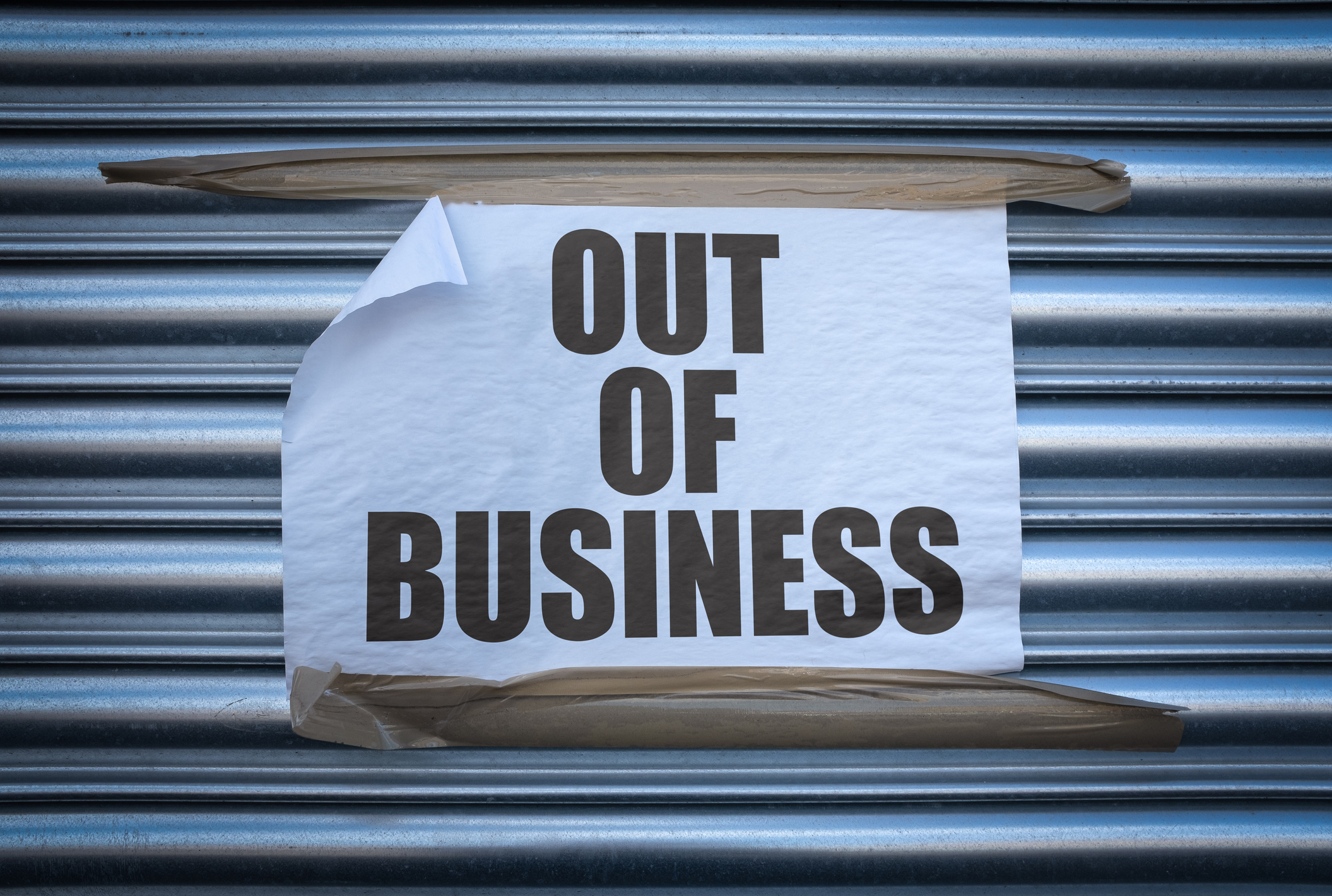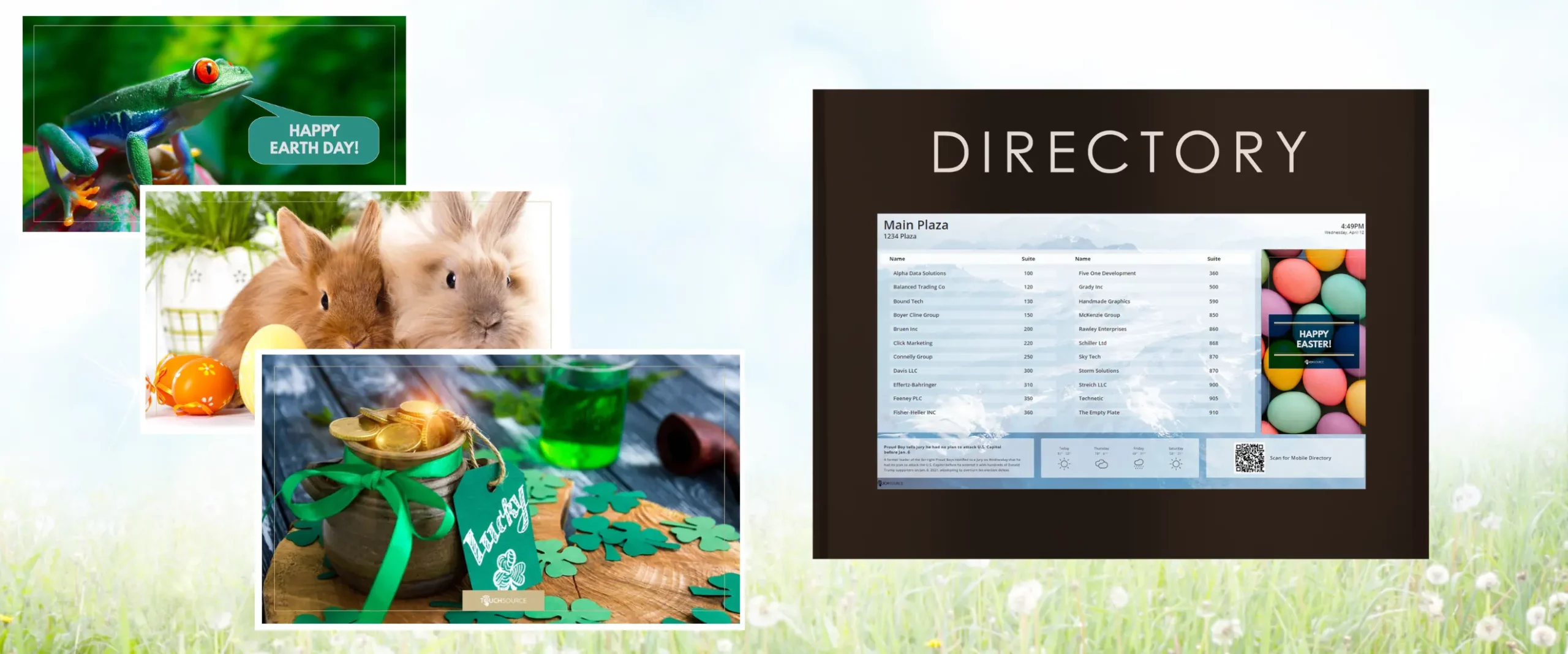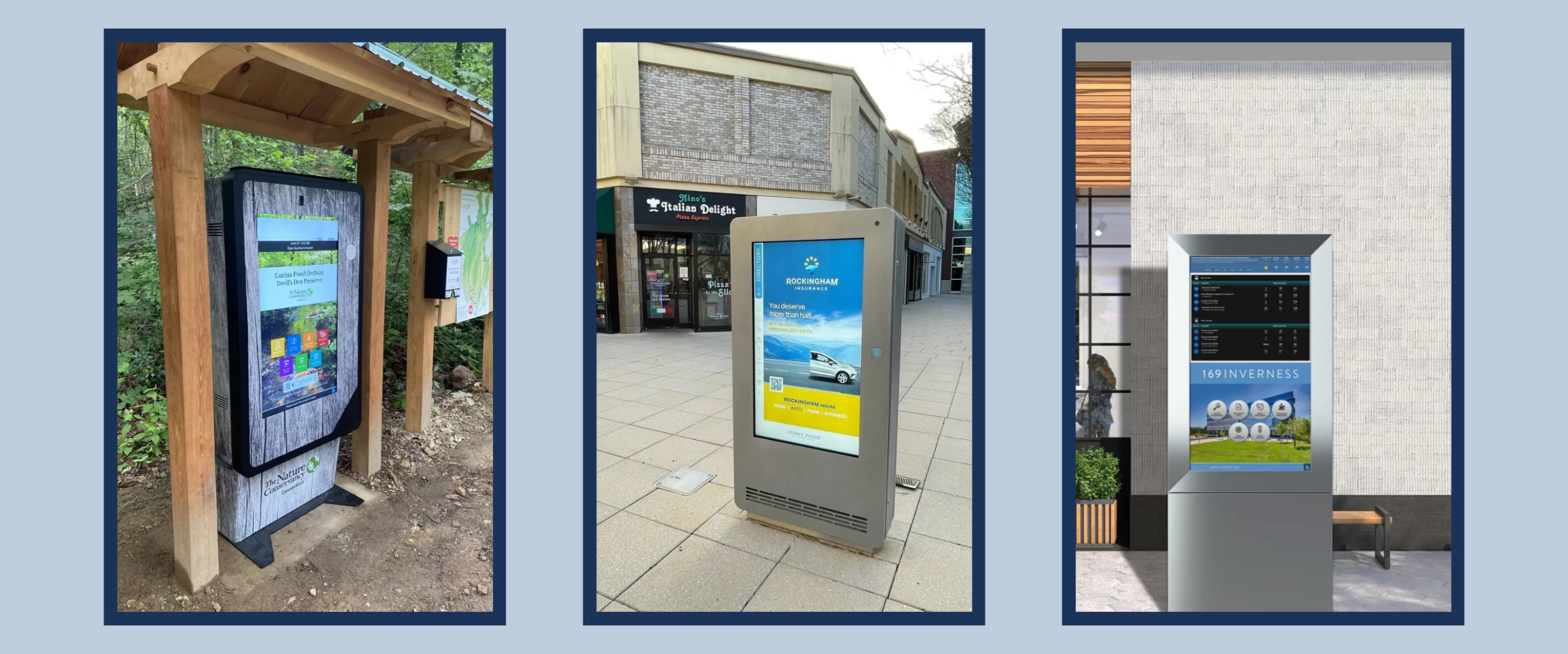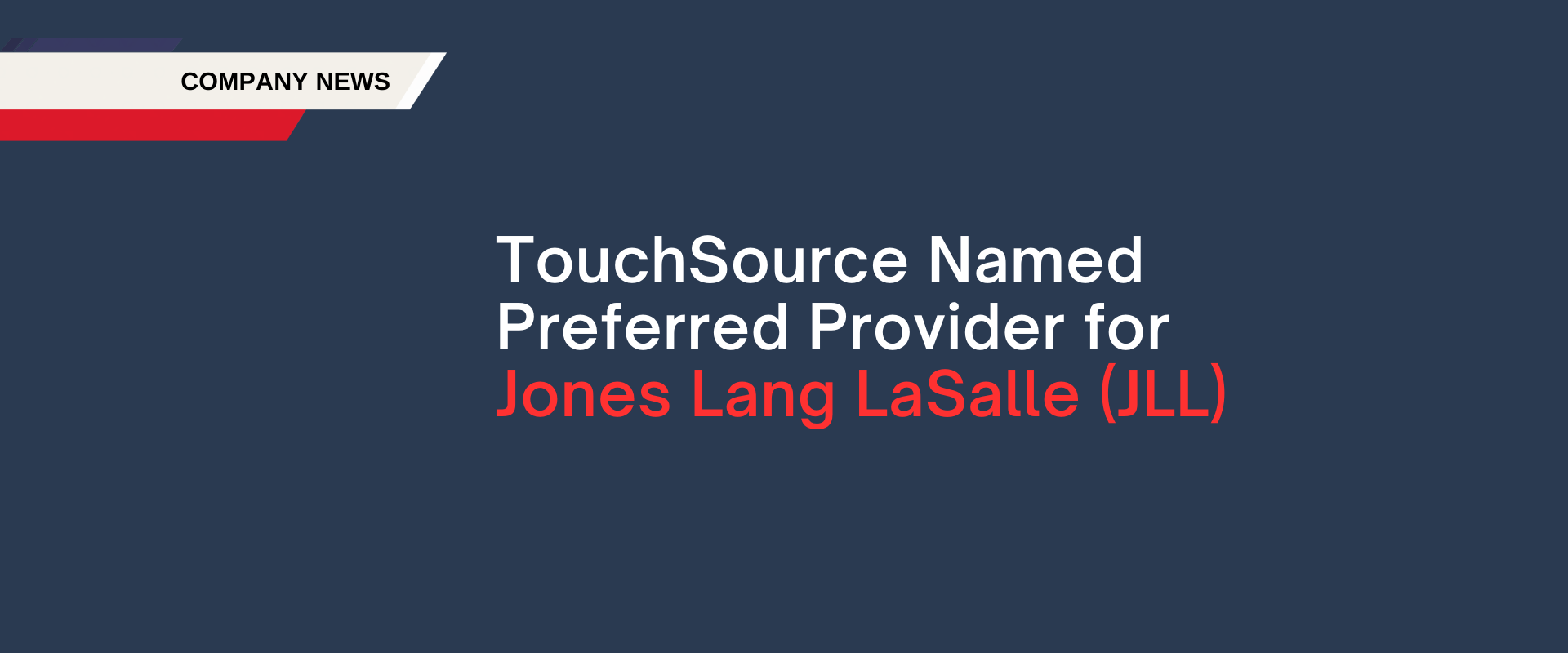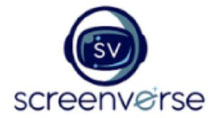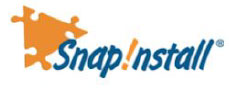10 Best Practices for Successful COVID Communications in the Workplace
Mapping Office Re-Openings Post-Pandemic
Landlords across the country are in various stages of reopening. They’re welcoming employees and visitors back into buildings while figuring out new safety protocols. One thing that is crystal clear is that it won’t be business as usual.
Collectively, there has been a lot of discussion on what exactly that “new normal” will look like for businesses. We’re figuring out how facilities will need to respond to new public health protocols, new behaviors, and new expectations from building occupants. Safety-related to public health is paramount. Yet there is no one size fits all solution. Buildings need to tailor strategies and protocols to fit the type of facility and different business uses operating on the premises, as well as account for different government requirements in different cities and states. Plans also will need to adapt quickly to changing circumstances, whether that is taking more steps forward in reopening – or a potential setback that results in tightening of property access.
#1 Goal: Build Confidence in Building Safety Protocols
As people return to work and other daily routines, one of the biggest questions is how to effectively communicate changes of that “new normal” to building tenants, employees, and visitors. A big part of welcoming people back to buildings will be building confidence that it is safe to return. Property owners and managers are tasked with both providing information and addressing FAQs.
In its guide to pandemic response planning, EY noted that effective, consistent communications during a crisis will help businesses and property owners maintain customer trust, restore morale and confidence and retain market stability. Providing information that is accurate, timely, and consistent across different channels is critical to restoring confidence that it is safe to return.
Top 10 New Best Practices for Successful COVID Communication Strategies
Property owners and managers will need to lean heavily on all communication channels available to them, including property websites, social media, email, and text alerts. In particular, on-site visual communication plays a vital role in providing real-time information as people enter, exit, and move about within a property or complex. Specifically, properties can leverage digital directories, kiosks, and video displays to serve a variety of functions beyond standard tenant listings and Wayfinding:
1. Convey key operating information and updates on building safety protocols, requirements, and rapidly changing operating hours.
2. Communicate a property’s action plan, such as new cleaning & disinfecting protocols.
3. Provide information on the entry protocols and requirements for building tenants and visitors, such as requirements to wear masks or use temperature self-check stations.
4. Offer real-time and dynamically-changing updates on any capacity or use restrictions for building common areas, conference rooms and amenities.
5. Communicate new one-way circulation patterns and provide queuing guidance where bottlenecks may occur, such as elevator lobbies and restrooms.
6. Address FAQs.
7. Offer general tips for health & wellness.
8. Leverage on-site visual communication solutions that are contactless and/or can be seen from a distance.
9. Consider creating video messages that can be seen and heard.
10. Present information in multiple languages.
Re-Entry Resource from Industry Leader JLL
If you want a great tool to share with your management team on all of this, JLL’s Re-entry Guide checklist for communications is a good one. It covers how you may want to:
- Share best practices for maintaining safe and clean workspaces and reinforce based on observed employee behaviors
- Communicate frequently and clearly any changes in protocol
- Consider change management expertise to help coach employees through transition
Cleaning and disinfecting that used to occur generally after hours needs to be very visible and communicated to tenants. Another tip mentioned in JLL’s guide is to integrate cleaning notifications into room-booking and wayfinding applications so that people know when spaces have been cleaned. Those systems also can be used to provide air quality and cleaning updates.
It is inevitable that reopening plans will need to be modified as the situation continues to evolve. Given the uncertainty and dynamic situation, it is important for properties to be transparent and timely about communicating updates.
Experts also agree that leveraging technology will be a critical element to a more seamless reopening. That tech will run the gamut from touchless features and visual display monitors to sensors that can help track building traffic so managers have a better understanding of occupancy levels and how people are utilizing the space. Call us for a free consultation on what others are doing to deploy these best practices.

